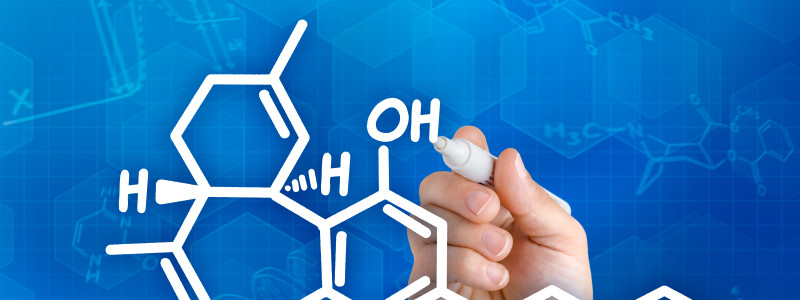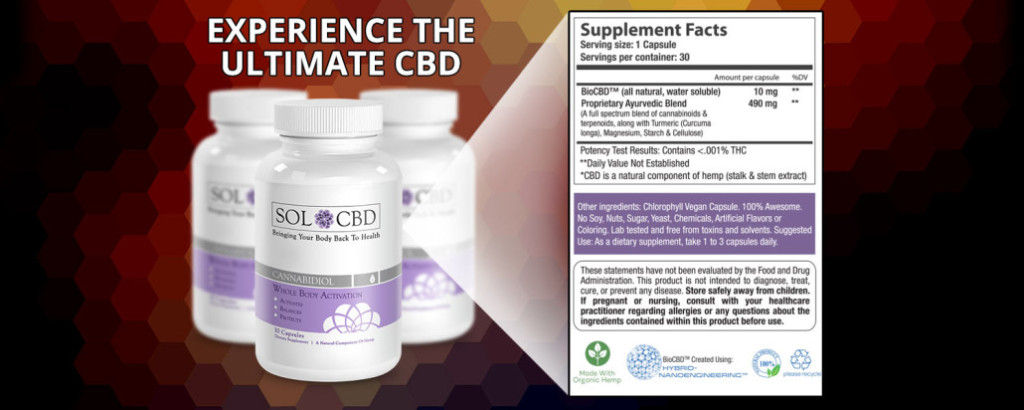In this post from Sol*CBD, Dr. Carlos Santo creates awareness about CBD and its remarkable benefits for treating childhood epilepsy.
Parents of children with epilepsy are at the front line of the scientific debate on the cause and treatment of childhood seizures. While conventional science takes the conservative approach in managing seizure threshold, frequency, and severity, the pharmaceuticals do not come without significant, long-term side effects. Fortunately, medical marijuana is showing great promise. In fact we are very encouraged with the growing wealth of human clinical trials in the ways that medical Cannabis is benefitting seizures.
The main cause for trepidation in parents regarding medical marijuana has understandably been the potential for unwanted psychogenic side effects and abuse potential the Cannabis plant has been known for. And while much of the negative press for the plant has been the result of a media and governmental smear campaign, it is incumbent upon the progressive science community to substantiate the risk to benefit ratio so parents can make their own educated decisions regarding their children’s health care.
You are probably aware by now that not the entire Cannabis plant is to blame when it comes to its psychoactive potential. When we break down the difference between the two principal phytocannabinoid components of the pot plant we in fact find potentially opposing actions between them (1). Historically marijuana has been regarded almost exclusively in the context of THC, the ‘heady’, more dominant cannabinoid responsible for the high associated with its use. CBD, or Cannabidiol, on the other hand actually appears to prevent, reduce, and even reverse many of the neurological and psychological issues plaguing us today (2).
Epilepsy is the fourth most common neurological disorder, behind only migraine, stroke, and Alzheimers (more on how CBD benefits those problems in future articles). Epilepsy is not someone else’s problem. Its causes are vast, ranging from trauma, to fevers, and reaction to medications, and an estimated 1 in 26 people will experience epilepsy at some point in their lifetime. Ancillary issues associated with epilepsy include reduced performance at school or work, mood disorder, insomnia, and increased risk of falls and accidents (3).
A 2013 survey of 19 families using Cannabidiol-rich Cannabis with a child treatment-resistant epilepsy was reported in the journal Epilepsy and Behavior (4). The children in this survey were on an average of twelve anti-seizure drugs prior to introducing the CBD. The introduction of a course of CBD resulted in an impressive 16 of the 19 families (84%) surveyed reported improvement in the child’s seizures. Two of the children (11%) were reported to be completely seizure-free, eight (42%) reported 80% reduction in seizure frequency and six (32%) reported a 25 to 60% reduction in seizure episodes. Other benefits reported were increased alertness, improved mood, and better sleep. Results like these are beyond promising especially given the array of side effects epileptic drugs are known for including lethargy, confusion, appetite and weight loss, increased neuropathic pain, blurred vision, and more (5).
We, of course, have probably the most well-documented cases of Charlotte Figi which is substantiated and reported by Dr. Sanjay Gupta in his three-part series, Weed. In this emotionally charged piece, Dr. Gupta covers the science, politics, and humanistic issues surrounding the medical Cannabis phenomenon (6). Charlotte, it should be mentioned, benefitted from a uniquely high CBD Cannabis strain of medicinal oil, when no other medications worked, and with miraculous results (7).
CBD appears to exert its anti-psychotic effects via antioxidant, anti-inflammatory, and neuroprotective mechanisms. It does this directly at the CB1, CB2, and other endocannabinoid receptors that exist through the central and peripheral nervous system, including the brain, internal organs and hormone-secreting glands of the body (8). The endocannabinoid receptors are not just exclusive to us. We in fact share these ancient and essential entry points to our cells for vastly vital reasons – to compete and to survive. Anything that stimulates them, whether internally or externally, will ensure our survival and support our quest to attaining optimal health as well. Fortunately, current research trends strongly favor the ability of CBD to powerfully affect these receptors without a hint of the side effects their prescription-based counterparts are notorious for.
In the wake of such promising research, compounded by demands from an eager public to legitimize medical Cannabis, both the American Academy of Pediatrics (9) and the American Academy of Neurology (10) have publicly recommended that marijuana be reassigned from Schedule I to Schedule II status. These groundbreaking statements are a tremendous first step to increasing the prevalence of greatly needed human clinical trials for medical Cannabis.
We are at a unique point in our history in that we have access to more information than ever before. With such information comes the opportunity to challenge convention in a way that empowers us to more fully ask questions and to demand answers that were previously left in the hands of the ‘professionals’. Now science, medicine, the corporate pharmaceutical industry, as well as parents, and teachers are being held to task as we demand answers to the treatment of childhood as well as adult epilepsy.


